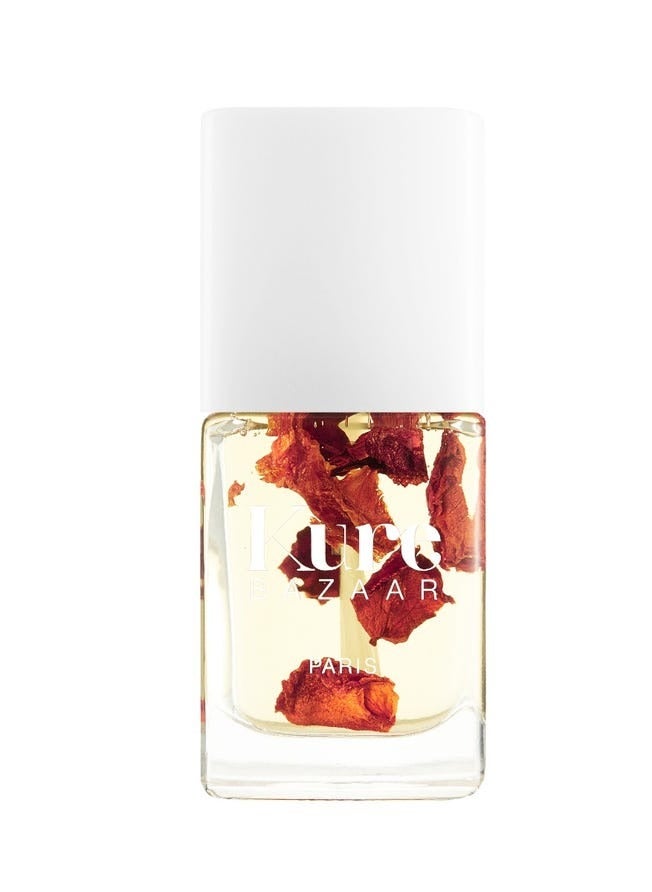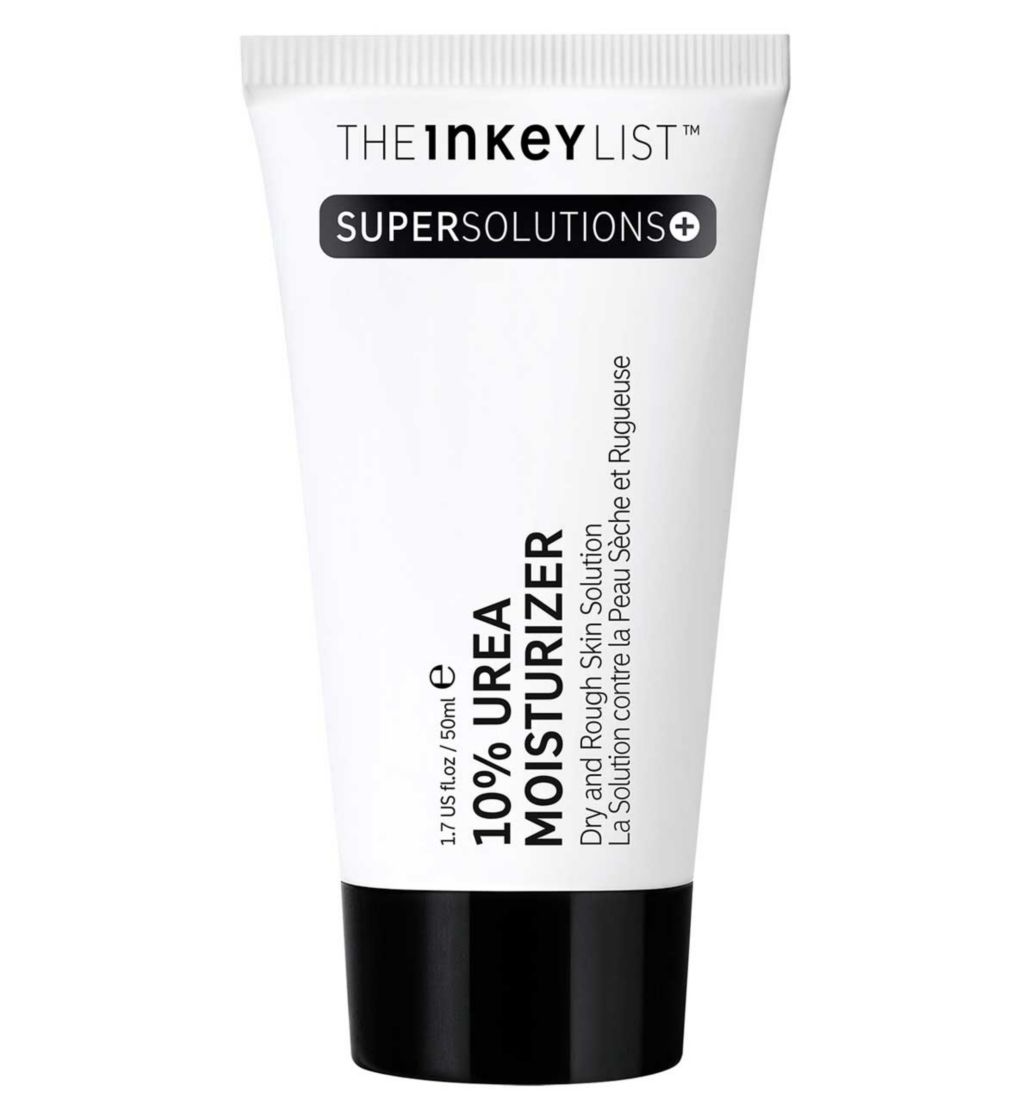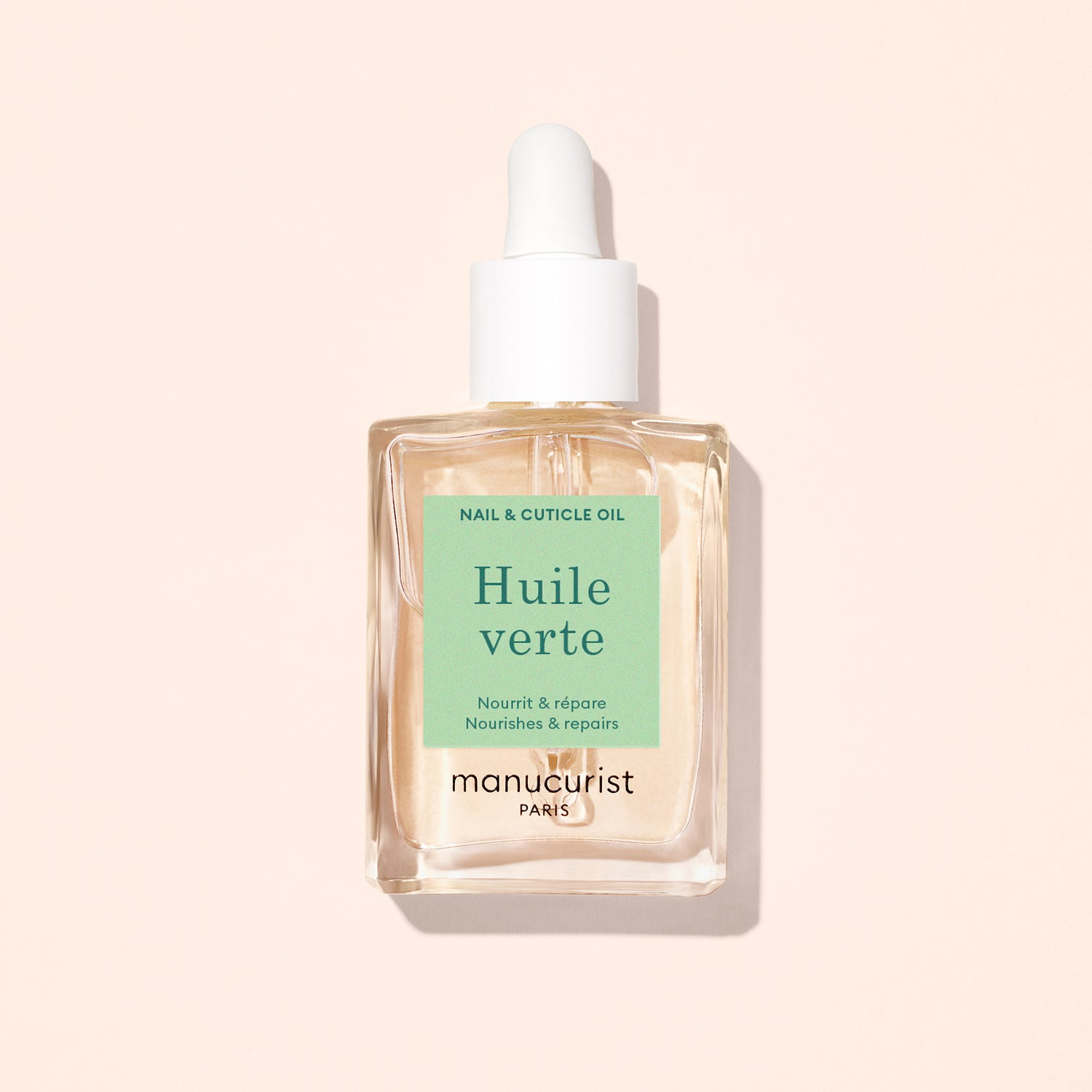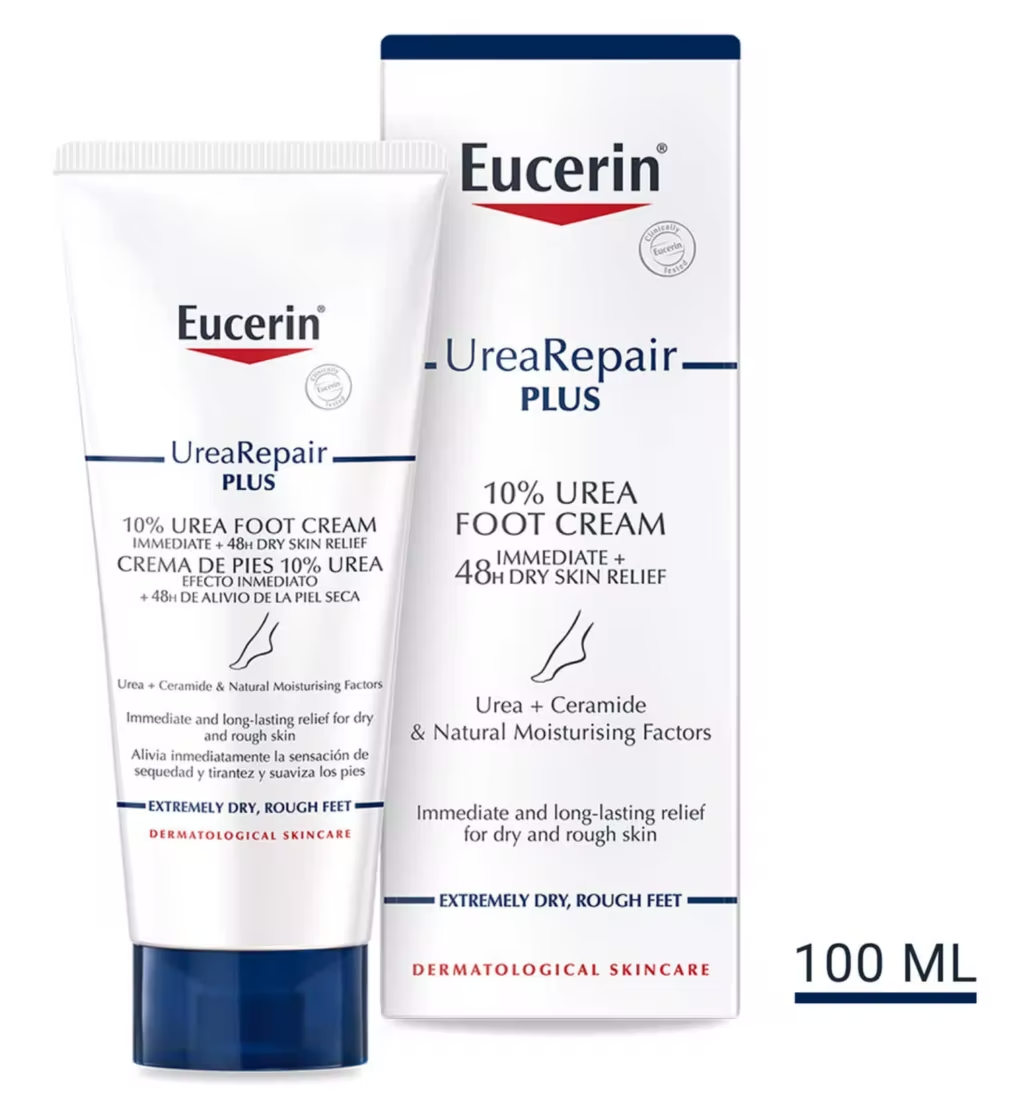When You Actually “Need” A Pedicure & Polish Change
Photo by Pexels.
You’ll never see me without nail polish on. It’s a habit and one I’m fine with because I like going through the world with nails that have some personality. But my toenails are a different story. I don’t particularly like getting pedicures (I’m squeamish and ticklish) and I don’t have a foot care routine to speak of. My feet are especially neglected in the winter when I have socks on most of the time, unless the weather permits a pair of ballet flats, and even then I’m not showing a lot of skin.
AdvertisementADVERTISEMENT
I can’t remember the last time I sat in a massage chair with my feet in warm water, but the other night I found myself clipping my toenails and considering the recommended cadence of pedicures. It turns out a lot of other people had the same question. (If you’ve ever googled “how often should I get a pedicure?” I got you.) Instead of just booking in for a pedicure to check it off a list, I thought it wise to first explore the topic with Dana Stern, MD, a board-certified dermatologist specialising in nail health and the founder of nail care brand Dr. Dana.
There's no universal prescription to how often you should get pedicures. “Needs will vary person to person,” explains Dr Stern. “Some people naturally produce more calluses or participate in activities that create a lot of friction at the feet and friction produces calluses.” If you’re in the latter camp, prone to calluses, then you may want to adhere to a regular, year-round pedicure routine, offers Stern.
But what does a year-round pedicure routine look like? Here, Dr Stern takes us through the best advice and most important considerations when treating your feet to a wintertime pedicure.
Take off toenail polish every three weeks
I’m not precious about my pedicures, as I mentioned, which means that the two coats of red nail polish I painted on the night before a pilates class sometimes stays on for weeks. “Since we tend not to wear open-toe shoes as often in the winter, feet are often more neglected and toenail polish is often left on for excessive lengths of time,” says Dr Stern.
AdvertisementADVERTISEMENT
A month is deemed excessive and it can lead to “keratin granulations” on the toenails. “These are white patches that are due to superficial nail cells being removed after prolonged polish wear.” This is what keratin granulations look like. You may see them on your fingernails, though Dr Stern says, “they are more common on the toenails.” Avoid keeping polish on toenails for much more than four weeks, says Dr Stern.
The best way to avoid keratin granulations is taking off your nail polish after three weeks. I’m considering a tri-weekly calendar reminder. For polish removal, I love using acetone-free nail polish remover. R29 rates Revlon Cutex Non-Acetone Nail Polish Remover, £2.50. Considering this information, I’m also avoiding gel pedicures for the foreseeable future.
Consider dry pedicures
We’ve explored the merits of a dry or waterless manicure. TLDR: A dry manicure is great if you’re looking for a faster service that omits a hand soak. It’s regarded as more sanitary, because warm water can breed bacteria. So with salon pedicures, going dry is also a good idea.
“Opt for waterless,” offers Dr Stern. “A dry pedicure is definitely preferable for a number of reasons, the first being that dry pedicures pose a much lower risk for infection. When basins and pedicure foot baths are not properly cleaned, bacteria, fungi and viruses can colonise in the water source. This is especially high risk when there are jets because it is impossible to effectively disinfect the pipes within these foot baths in between clients.”
AdvertisementADVERTISEMENT
When it comes to the longevity of your pedicure, dry is also preferred. According to Dr Stern, the nail absorbs 1,000 times more water than the skin. “Our nails are essentially sponges and the influx of water between the nail cells will cause them to expand. Once the nail is no longer soaking, the nails will then contract and the polish will too. This influx and efflux of water can therefore make polish more likely to chip.”
Really wash your feet in the shower
This one may seem obvious but Dr Stern says it’s one of the most overlooked steps when it comes to foot care: wash your feet in the shower. “It may sound obvious but people often just let the soap suds run down and hope that they will somehow permeate between the toe web spaces and lather the soles,” says Dr Stern. “Feet need to be cleaned especially thoroughly as they have many physiological characteristics that differentiate them from other areas of the body and make them a unique habitat for supporting microbes, including odour-causing bacteria.”
Washing your feet is especially important in the wintertime because the risk of a toenail infection is actually pretty high. “There is always an uptick in nail infections in winter months because of improper removal of hangnails,” explains Dr Stern. “I can’t tell you how many infections I have seen in the last couple of weeks.” Why? Because dry air can cause hangnails on the cuticles of our toenails, just like on our fingernails. "When a hangnail is pulled, bacteria can enter openings in the skin and result in an acute paronychia. This is a swollen, red, painful, pus-filled infection that requires drainage and treatment with an antibiotic.”
AdvertisementADVERTISEMENT
Use cuticle oil on your toenails, too
The best way to avoid hangnails is to keep the cuticle around the toenails healthy and moisturised. Dr Stern recommends using a cuticle oil, like the one you use on your fingernails, on your toenails. For my toes, I’ve been using the Kure Bazaar Cuticle Oil, £32, which is nice because it uses a brush, which covers more surface area. I’d also recommend The Manucurist Green Oil, £15, which comes with a pipette.
Find a foot cream with urea
Skin on our feet and around our toes gets much drier in the winter. Though, as Dr Stern explains, the skin is thick and so certain ingredients penetrate better than others. For the thick skin on the soles of the feet, Dr Stern suggests a cream containing urea. “Urea dissolves the intercellular matrix of the cells of the stratum corneum and thus it acts as a very efficient dead skin remover,” Dr Stern explains. “Importantly, this step will help to prevent new calluses from forming.” A little bit of urea cream — like The Inkey List SuperSolutions 10% Urea Moisturizer, £18.99, or Eucerin Dry Skin UreaRepair Plus 10% Urea Foot Cream, £11.50, — is a gentler, more hydrating option than something like the Babyfoot exfoliating foot mask. But I don’t want my foot skin flaking off. Really, I just want my feet in good shape so I can feel swinging them around at Pilates in January.
At Refinery29, we’re here to help you navigate this overwhelming world of stuff. All of our market picks are independently selected and curated by the editorial team. If you buy something we link to on our site, Refinery29 may earn commission.
AdvertisementADVERTISEMENT










